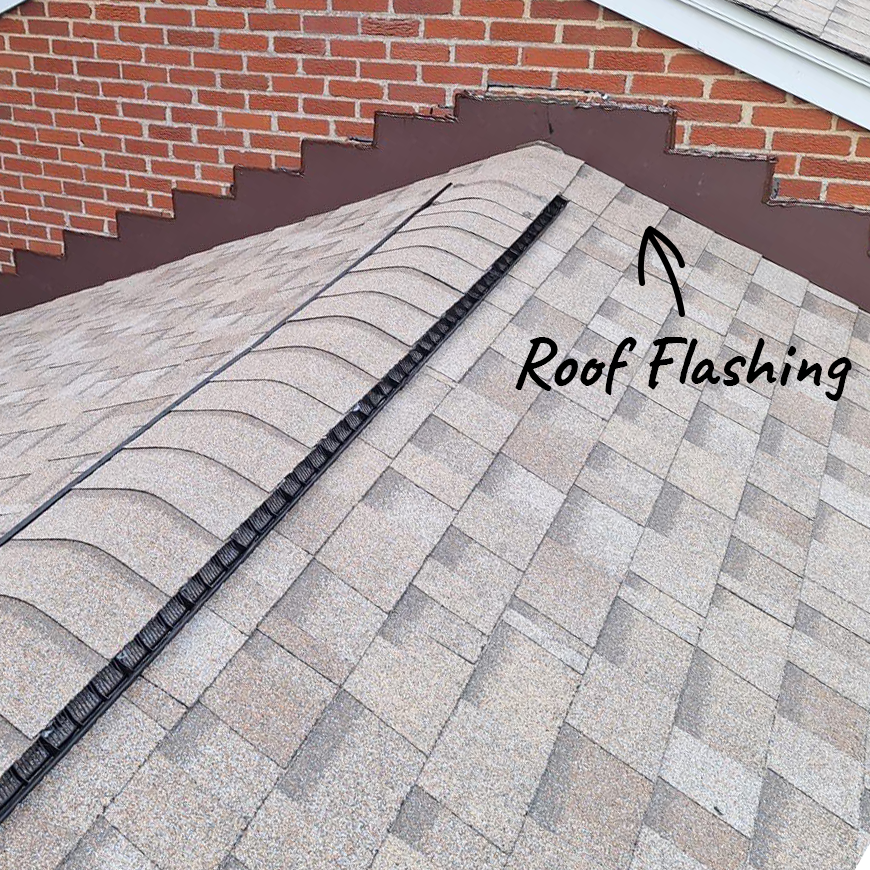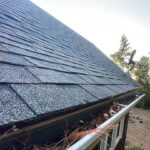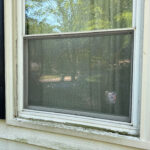What is Roof Flashing, and Why is it Important?
When it comes to the anatomy of a roof, most people think of shingles, underlayment, and gutters as the primary parts. However, there’s another critical element that often goes unnoticed but plays an important role in protecting your home from water damage: roof flashing. In this blog, we’ll explore what roof flashing is, why it’s essential, and how it contributes to the overall health and longevity of your roof.

What is Roof Flashing?
Roof flashing is a thin, typically metal material—such as aluminum, copper, or galvanized steel—that is installed in specific areas of your roof to direct water away from vulnerable spots. The main function is to prevent water from seeping into joints and seams, where different sections of your roof meet, or where the roof intersects with other structures like chimneys, vents, or skylights.
Flashing is strategically placed in areas such as valleys, around chimneys, and at roof edges. Its job is to create a watertight barrier that helps channel water toward the gutters, preventing it from penetrating your roof’s interior layers. Properly installed flashing is a small detail that makes a big difference in maintaining the integrity of your roof.
Why is Roof Flashing Important?
Prevents Water Leaks: The most crucial role of roof flashing is to prevent water leaks. Without flashing, water could find its way into cracks, joints, and seams, leading to moisture build-up. Over time, this moisture can cause leaks inside your home, resulting in water damage to ceilings, walls, and insulation. Flashing acts as a protective seal, ensuring that water flows off your roof rather than inside your home.
Protects Against Structural Damage: When water finds its way into your home, it can cause significant structural damage. When water seeps into your roof’s wooden parts, it can lead to rot, mold growth, and a weakened structure. This not only compromises the safety of your home but also results in expensive repairs. Flashing helps protect the structural integrity of your home by keeping water out and away from these vulnerable areas.
Enhances Roof Longevity: A roof that is well-protected from water damage will naturally last longer. Flashing helps to preserve the life of your roofing materials by minimizing the risk of water-related issues. By preventing leaks and structural damage, ensuring that your roof remains in good condition for as long as possible, saving you money on premature roof replacement. If you are curious about what age your roof is, check out this blog that talks about how to determine the age of your roof.
Supports Energy Efficiency
Roof flashing also contributes to your home’s energy efficiency. Water damage and leaks can compromise the insulation in your attic. This leads to drafts and increased energy costs as your HVAC system works harder to maintain temperature. By keeping your roof watertight, flashing helps preserve your home’s insulation and efficiency.
Signs Your Roof Flashing Needs Attention
While it is durable, it’s not invincible. Over time, it can become damaged especially if it’s been exposed to harsh weather conditions or poor installation practices. Some signs that your flashing may need attention include:
- Rust or corrosion on metal flashing
- Cracked or missing sealant around the flashing
- Water stains on ceilings or walls inside your home
- Visible gaps or misalignments in the flashing
If you notice any of these signs, it’s important to contact a professional roofing contractor for an inspection. Prompt attention to damaged flashing can prevent more repairs down the line.
Conclusion: Don’t Overlook Roof Flashing
Roof flashing is a small but mighty part of your system. It plays a critical role in protecting your home from water damage. It also preserves your roof’s longevity, and maintaining the integrity of your home. By ensuring that your flashing is properly installed and well-maintained, you can protect your home from the consequences of water intrusion. If you’re unsure about the condition of your roof’s flashing, don’t hesitate to consult with a professional contractor to keep your home safe and dry for years to come.







